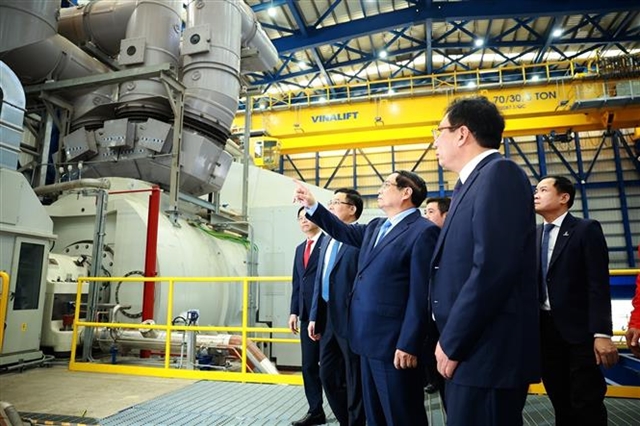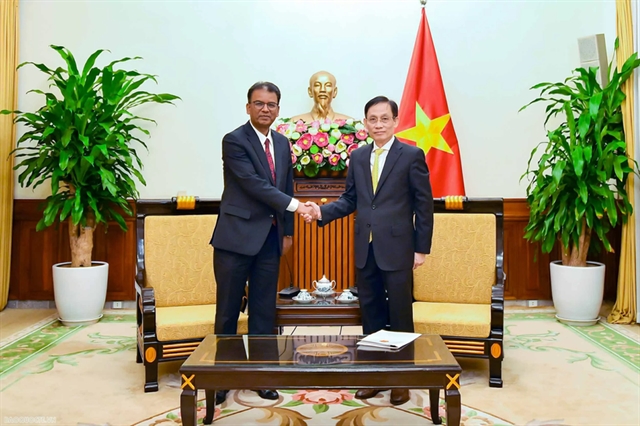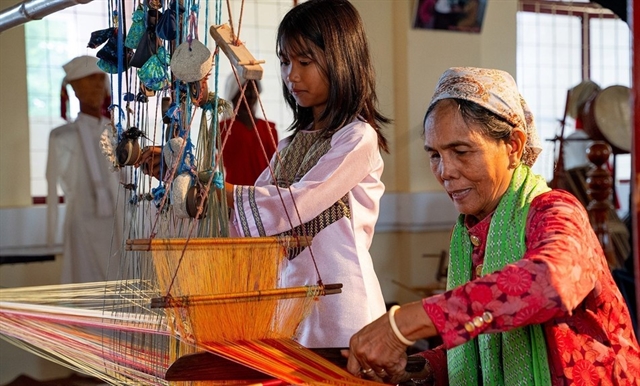 Features
Features
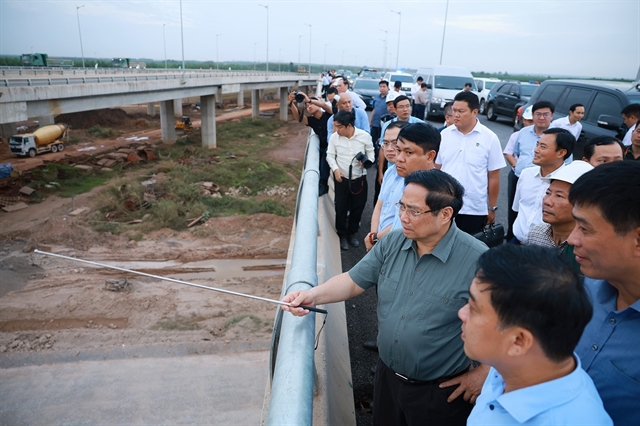
Viet Nam has now been reunified for 45 years, but 86-year-old Ca Lê Du in Tân Thành Bình Commune in the southern province of Bến Tre is still overwhelmed when she recalls the Đồng Khởi Movement and the Long-Haired Army.
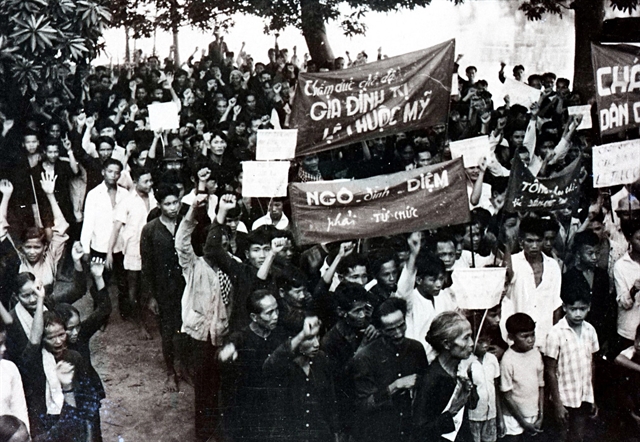
|
| UPRISING: The Đồng Khởi Movement, which originated from Mỏ Cày District, flowed across Bến Tre Province and then throughout the south, to the Central Highlands and other central provinces. VNA/VNS File Photo |
By Phúc Hậu, Hạnh Quỳnh and Hiền Hạnh
In the history of Việt Nam, there was a unique unit that contributed a great deal to the war against the Americans. Consisting entirely of females, the force, known as 'Long-Haired Army', was formed in the Đồng Khởi (General Uprising) that started throughout the South in the 1960s, after the Party Central Committee’s Resolution No15 was issued, combining political and armed struggles.
After the great victory of the Spring Offensive 1975, this Long-Haired Army continued to contribute to building the armed forces, protecting the nation that had recently been reunified.
Such female fighters, despite their small and slender figures, faced immense danger to stop the destruction of villages. They also launched the insurgence of the Đồng Khởi Movement throughout the southern region that became widely known beyond the borders of Việt Nam.

|
| VISIONARY: Commander Nguyễn Thị Định (centre) was one of the leaders of the Đồng Khởi Movement. VNA/VNS File Photo |
Breaking the enemy’s grip
Việt Nam has now been reunified for 45 years, but 86-year-old Ca Lê Du in Tân Thành Bình Commune in the southern province of Bến Tre is still overwhelmed when she recalls the Đồng Khởi Movement and the Long-Haired Army.
The movement that broke out in Bến Tre before spreading throughout the South was a consequence of accumulated resent, she said.
The US and the US-backed administration of the Republic of Việt Nam under its head Ngô Đình Diệm broke the 1954 Geneva Agreement, making South Việt Nam a new-typed colony and a military base for the American empire. Diệm issued Law 10-59, publicly “placing the communists outside the law”, resulting in the executions of thousands and the imprisonment of even more who were suspected to have communist affiliations, which led to the uprising to break the shackles of the regime.
In Du’s memories, both Vietnamese in the North and the South felt great anguish that the country was divided though peace had been established for about five or six years. Many in the South saw their houses destroyed, were separated from their relatives and resistance activists were killed by the Sài Gòn administration.
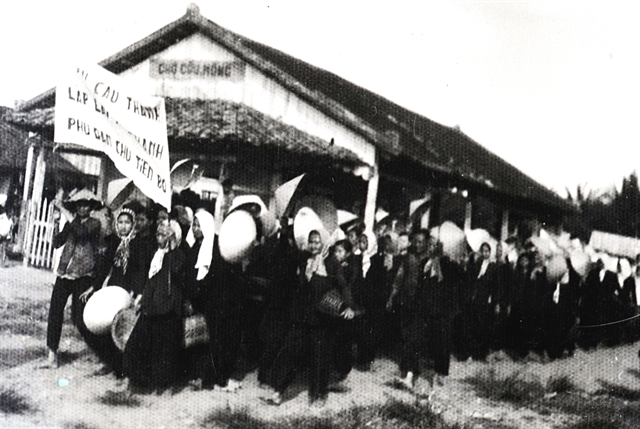
|
| RESISTANCE: The Long-Haired Army of Bến Tre Province fought the US-aided and abetted Sai Gon regime. VNA/VNS File Photo |
“One day, the enemy troops raided and killed 10 young men in the hamlet. Other female neighbours in the commune secretly and hurriedly took the bodies across the river to reach Bến Tre Market by boats before dawn. When the market opened, we critically demanded the enemy stop raiding and killing innocent people,” the female veteran recalled.
The revolutionary movement in Bến Tre and the South in general was hampered by the brutality of the enemy. From 1957 to 1959, 17,000 villagers in Bến Tre were arrested, imprisoned and tortured while hundreds of Communist Party officials and members were killed. From more than 2,000 members, Bến Tre Party Committee then had only about 160 left.
With the revolution in the South drowned in a sea of blood, the anger of the locals reached its climax. A movement to fight terrorism, oppression and anti-communist policy took place across the South, demanding democracy and social welfare.

|
| HEROINE: National Assembly Chairwoman Nguyễn Thị Kim Ngân (second right, first row) is pictured with a veteran of the Long-Haired Army of Bến Tre Province. VNA/VNS Photo Trọng Đức |
In this context, Bến Tre Provincial Party Committee decided to start a week under the motto 'Unanimity, Concerted Movement', calling for the villagers to fight against local tyrants, destroy their grip, liberate the countryside and take control of the farms.
Following a plan and under the leadership of female commander Nguyễn Thị Định, who later became the the first female general of Việt Nam People’s Army, the Đồng Khởi Movement began in Định Thủy, Phước Hiệp and Bình Khánh communes of Mỏ Cày District in Bến Tre on January 17, 1960 before diverting to nearby Giồng Trôm, Châu Thành, Ba Tri and Thạnh Phú communes.
About 10 days later, the enemy counter-attacked and mobilised thousands of soldiers to raid Định Thủy, Phước Hiệp and Bình Khánh communes. They burned down houses, looted, raped, shot and killed villagers.
“In responding to the enemy's plot, Bến Tre Provincial Party Committee gathered forces to organise a political struggle, the core of which was an all-female army, or the Long-Haired Army, of about 5,000 women, travelling to town in hundreds of boats," Du recalled.
Recalling her war memories, Nguyễn Thị Khao, alias Nguyễn Thị Thắng and aka Út Thắng, the former secretary of the Provincial Party Committee, head of the Women's Union of Bến Tre Province, said she was tormented by witnessing the devastation caused by the enemy’s raids on local islets the night before the Đồng Khởi Movement.
“My hometown that used to be a peaceful land of endless rows of coconut and mangrove apple trees along the rivers was then covered in the smoke of war. The peaceful Hàm Luông River that used to be thronged with local boats was scoured by the enemy’s patrol boats running back and forth regardless of time.
“However, during those dark and hard days, many local mothers and sisters were still secretly supporting the revolutionaries, fearing no guillotine from the Law 10-59,” she said.
“At that time, I was an officer specialising in public relations and in charge of women’s affair in Bến Tre Provincial Party Committee. I was responsible for directing and launching the women's political struggles against the enemy’s policies of terrorism and oppression, protecting the remaining revolutionary bases. In mid-1959, I was assigned to work in Mỏ Cày District Party Committee to prepare for the Đồng Khởi Movement,” Khao added.
Upheaval
Under the leadership of Nguyễn Thị Định – one of the leaders and the soul of the Đồng Khởi Movement – the Long-Haired Army with thousands of female members like Du and Khao fought the enemy, demanding an end to massacres and compensation for the deaths of innocents.
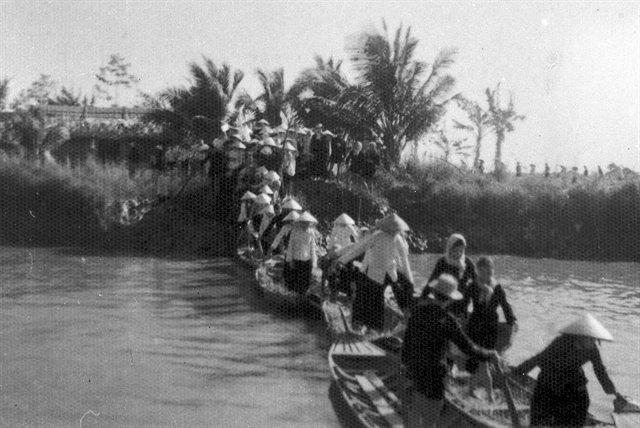
|
| ENOUGH IS ENOUGH: The Long-Haired Army of Bến Tre Province went on strike, demanding fair treatment from the puppet government. VNA/VNS File Photo |
The Long-Haired Army didn't fear guns, imprisonment, torture or even death.
Not only a political struggle, but they also fought with weapons. By the end of 1961, the number of female guerrillas in Bến Tre had reached 3,086, accounting for 1/9 of all female guerrillas in the South at that time.
In 1964, the first all-female armed unit C710 was established, the first female army force on the battlefield of Zone 8, Military Region 9.
Veteran Nguyễn Thị Khích (alias Minh Tâm), former deputy commander of C710 who joined the unit at the age of 18, recalled that the duties of the unit were to be disguised to scout the enemy's movement, encourage youngsters to join the liberation army.
The unit operated in Bến Tre from 1964 to 1974, accomplishing many excellent tasks and winning major battles in the middle of the enemy’s territory.
“The unit is the women’s highlight in the history of the resistance war against American and Sai Gon troops in Bến Tre Province,” Khích said.
The Đồng Khởi Movement originated from Mỏ Cày District and flowed across Bến Tre Province and then throughout the South, to the Central Highlands and other central provinces. It created a turning point and changed the whole revolutionary situation in the South. From simply maintaining forces, the revolution in the South turned into a strong, widespread and constant offensive.
The Đồng Khởi Movement, the core of which was the Long-Haired Army, was a typical example of an uprising of the masses that creatively and effectively fought the enemy by combining three elements – politics, armed forces and military proselyting.
The success of the movement in Bến Tre and then throughout the South led to the establishment of the National Liberation Front of South Việt Nam on December 20, 1960.
In early 1961, The People's Liberation Armed Forces of South Việt Nam (PLAF) was also founded by uniting guerrilla forces in each locality and establishing new concentrated infantry battalions.
The spread of the movement in Bến Tre surprised, confused and terrified the enemy. In a report sent to US President John F Kennedy, the US Central Intelligence Agency acknowledged that tough times for Ngô Đình Diệm’s regime were ahead.
“The Long-Haired Army is a special military unit that showcased the creativity of Bến Tre Province in particular and southern Việt Nam in general in the political struggle against the enemy during the American War in Việt Nam,” said National Assembly Chairwoman Nguyễn Thị Kim Ngân.
“It is a vivid symbol of the tradition of the whole national unity in fighting against the invaders – women also fight back when the enemy comes to their house,” she added.
The legendary Long-Haired Army of Bến Tre has honourably been presented with eight golden words by the Central Committee of the Communist Party of Việt Nam: “Anh dũng Đồng Khởi, thắng Mỹ, diệt Ngụy” that means "Heroic Đồng Khởi Movement, defeating the US and Sai Gon troops".
The all-female force and the women's anti-war movement in Bến Tre Province were also granted with the title of the Hero of the People's Armed Forces as recognition of their outstanding contributions in August 2018. VNS

